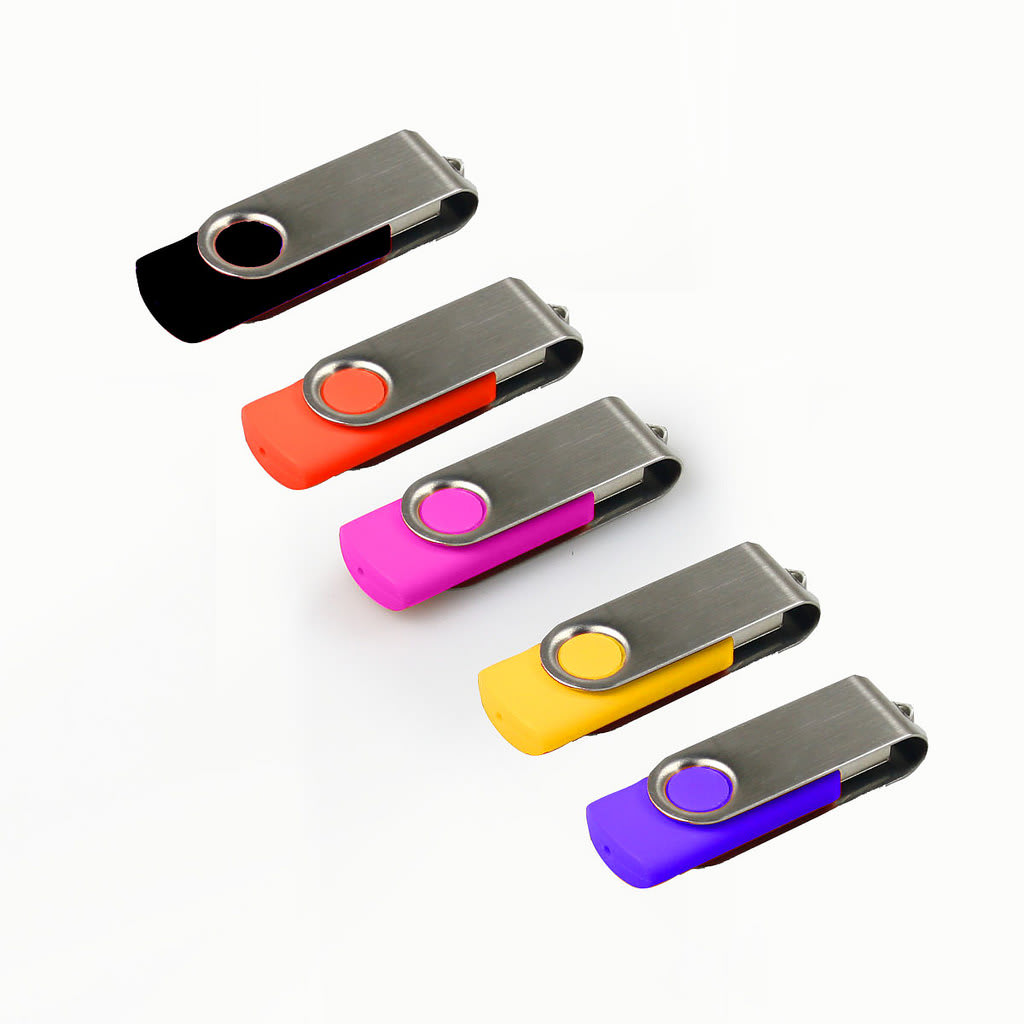Using USB Flash Drives
Main Information About Flash Drives

What do we know about flash drives?
- The main feature of the flash drives is the transfer and storage of any files. Often flash drives are used to update the BIOS or UEFI motherboards.
- Most modern PCs support not only the installation of the operating system using a bootable USB flash drive but the ability to boot from a USB device, which allows the operating system to boot from a USB flash drive. This configuration is often called Live USB among users. This feature will help not only in the cloning of the operating system and its further transfer to a similar computer, to perform file manipulations without loading the main OS and to combat malware.
- The USB storage device supports encryption, which is not unimportant for the secure storage of information and does not lose its relevance even during a backup. Flash drives can be used as a key to activate (USB Keys) applications.
USB Flash Drive Capacity
As mentioned earlier, since 2000, flash drives have a volume of eight megabytes. Later, the maximum volumes increased by two times (16 MB, 32 MB, 64 MB, etc.) Although the possible volumes already per terabyte, USB flash drives from 8 to 120 gigabytes still have success with buyers.
About Flash Drive and Its Main Components
The most ordinary USB flash drive has a standard-A USB interface, but there are some that have micro-USB interfaces, such standardization can facilitate transfer between different devices. Under the case, there is a small printed circuit board on which integrated circuits and power circuits are placed. As a rule, the most ordinary flash drive consists of five parts.
The plug, most often it is A-USB, using the USB interface provides a physical connection to the computer:
- Microcontroller with a small amount of RAM and ROM.
- NAND flash memory chips that store user information.
- Quartz (crystal) generator - produces a clock frequency of 12 MHz (generates clock pulses).
The housing, the manufacture of which is usually used plastic or metal, thereby protects the electronics from mechanical stress.
The minor components may include various LEDs that blink when accessing USB flash drives, switches that can block or unblock access.
The cover that covers the USB plug is optional, but a kind of protection for the plug. Some USB flash drives like these, logousb, have a through hole, which makes them similar to a key fob or for attaching a cord to it. There are also flash drives that have memory expansion functions, in which you can add an SD card, as well as readers (card readers).
The Size and Appearance of the Flash Drive
- The usual USB flash drive usually has an elongated shape, but some manufacturers draw the attention of their customers to the unusual appearance of their USB flash drive, or rather an unusual case, which can be so cumbersome that it creates some difficulties when connecting devices.
- This is because the USB connectors on the computer for frequent are very close to each other, it turns out two ports can be occupied by one USB flash drive. Flash drives are often integrated into other technical solutions, such as watches, pens, etc. Shapes, colours and images are limited only by imagination.
USB Flash Drive and Its File System
Most flash drives initially have a FAT32 or exFAT file system, this allows you to use a flash drive on almost any device with USB support. However, the file system can be any supported operating system.
Read and Write Speed
The read and write speeds of data are measured in megabytes per second (MB/s), and the read speed is usually higher than the write speed and the characteristics declared by the manufacturer obtained in optimal conditions may also differ from the actual ones. The version of the USB interface also influences the speed of work.






Comments
There are no comments for this story
Be the first to respond and start the conversation.